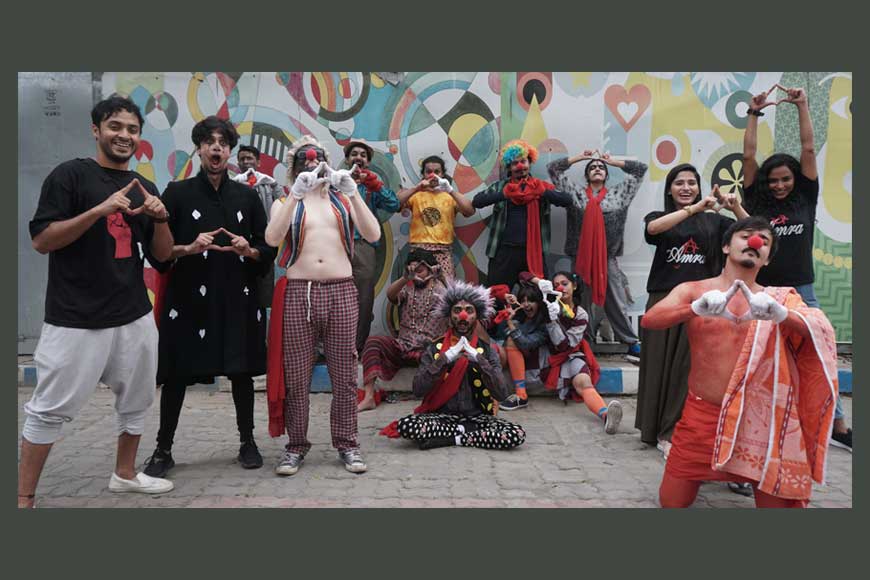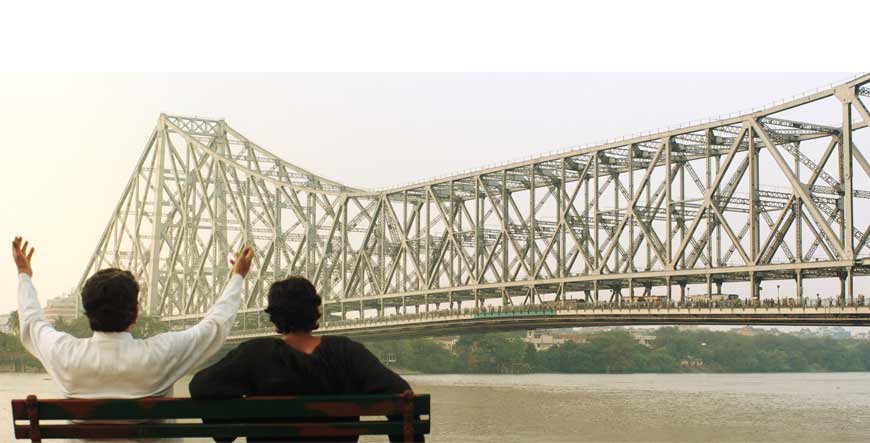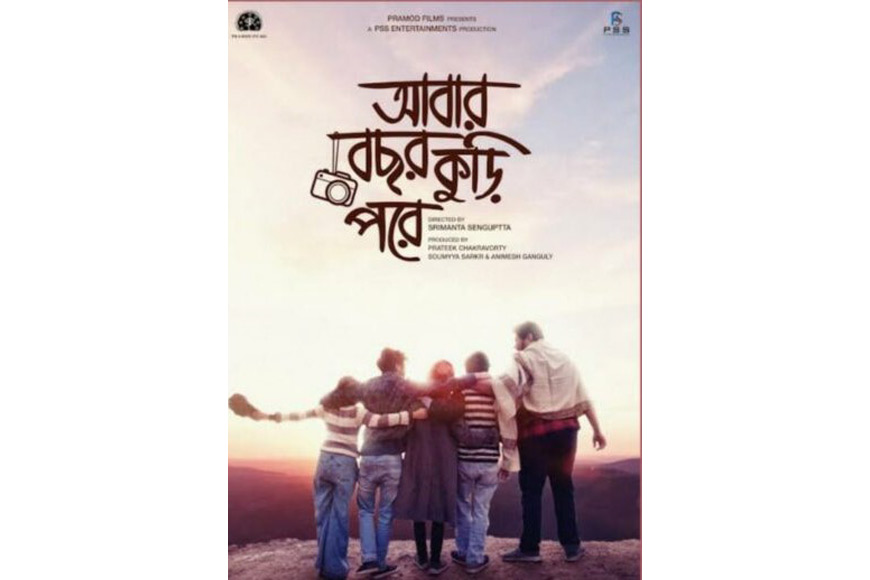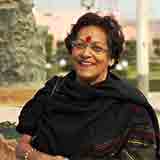‘Reunion films’ seem popular in Tollywood today. How do they fare?

Bengali cinema has recently come up with films that bridge the time-gap and space-gap with what may be termed “reunion” films. These films are characterised by a group of youngsters who were once bound by close friendship, in college, or, through a theatre group, coming together to find if the bonding still exists. These films present their protagonists – always more than one – through two time zones – once, when they were young and naïve and full of joy and confusion and again, many years later when they are almost middle-aged adults running their own lives in their own way. Some of them are failures, some have chosen a different path while some are successful.
The common bond in these films is nostalgia and all emotions linked to nostalgia. The films discussed here are – Reunion (2018), Adda (2019), Abaar Bochor Kuri Pore (2022) and Homecoming (2022). Reunion was directed by Murari Mohan Rakshit, Adda marks the directorial debut of Devayush Choudhuri who graduated in film from the Tisch School of Art at New York, Abaar Bochor Kuri Pore is directed by Srimanta Sengupta and Homecoming again marks the debut of Soumyajit Majumdar as director.

Reunion positions itself against the backdrop of the 1990s’ student politics of a University in West Bengal. This is the only film among the four described that explores the deceit played upon committed yet naïve students by the political leader/s of the neighbourhood that completely destroys the life of one among the group. When the others reunite after many years, the moot question that disturbs them is the complete disappearance of the one who has gone missing. Is he finally found? What happened to him, why and how?
The happy camaraderie among the friends, one of who is in love with the daughter of the political leader, another who cannot express his love for another classmate, make the situation quite interesting but the twists and turns which are more than needed disturb the narrative line. The film is embellished with some wonderful songs scored by Joy Sarkar but somehow, the film failed to pull the audience and was a commercial flop. The acting is good but their younger selves are much too old to convince as youngsters half their age.
Adda has no conventional storyline that has a beginning, a middle and an end but this character-centric film shows how several stories emerge out of the idle chatter the characters engage in. In Calcutta, adda is not confined to the youth though the young and the unemployed have time and create the space for an adda as and when they can. An adda is a stress-buster, a debate trigger, an argumentative space and may even lead to quarrels and fisticuffs, splits between life-long friends and bonding with new ones. It is neither “idle” nor “chatter” and is in no way economically productive. It has a strong current of emotional fulfilment and an effective way to combat loneliness.

Devayush’s film opens with two angels “shada” (White) and “kaalo” (Black) emerging from heaven who function as self-appointed commentators on the evolution of adda among four unemployed friends and four senior citizens over time and ends when the four friends are older and successful, meeting at one of the successful one’s new apartment in Kolkata to retrospect. Within this time bridge of four years, the senior ones have found space in framed photographs garlanded with flowers.
Four friends and a young, struggling actress are the main characters. The group of four was originally five but one of them, a bit on the wild side, walks away from a Pooja pandal and never comes back. The other four are never serious about looking out for him and his story remains a mystery. Adda, the film, has a delightful scene where young women are indulging in adda at a coffee shop on various subjects – marriage, split, relationships, etc till shouts of “cut” tells us that it is a scene from a film being shot!
Devayush plays around with different spaces – the terrace of an apartment complex, the space just beyond where the Durga idol stands at a para Durga Pooja, the spacious apartment of one of the friends who is professionally successful but personally unhappy as the couple cannot have kids, two benches outside the window of an old house, and so on, thus widening both the canvas and the definition of the term adda. The scenes on the terrace by two friends, one of them the husband of the struggling actress, offers the cinematographer a wonderful opportunity to capture the Kolkata skyscape with the Howrah Bridge looming on the horizon, sometimes sharply defined and sometimes blurred to indicate the distance of the subjects from the bridge. The discussions range from Marx to Michael Jackson to Che Guevera to Tagore to politics and history, from unemployment to corruption to sex and relationships and everything about an adda is that the discussions and debates and arguments are indulged in quite unwittingly and without any specified design.
The film suffers from a dragging closure which should and could have closed when the four old friends unstrap their watches and step into the football field against lashing rains to kick a ball for old times’ sake. But the film stretches itself some more when the story and the film have already had their say.
Aabar Bochor Kuri Pore has much more mature men and women who went to school together trying to organize a meeting among themselves for old times’ sake and are unpleasantly surprised when old skeletons they were unaware of begin to tumble out of a forgotten cupboard. The film speeds back and forth between their past and their present which is confusing because the actors who present the two time zones are different.
It is a coming-of-age film comprised of five friends of which one is missing and the remaining four wish to find out what happened to him which is revealed in the end and is quite undramatic. The lead friend (Abir Chatterjee) is divorced from his childhood sweetheart (Arpita Chatterjee) with their son studying abroad. The planning of the reunion takes up maximum footage with red herrings scattered all the way spoilt quite some by the over-the-top acting by Rudraneel Ghosh as the self-appointed ‘joker’ among the group. One never gets to know why Abir fails both in his relationship with his quiet father and his dignified, medico wife.
Homecoming is the creation by a group of youngsters, led by a versatile youngster called Soumyajit Majumdar, an actor who has this time donned the cap of producer, writer and director, who have put their talents together to make a 90-minute feature film called Homecoming. Soumyajit Majumdar Collaborations has presented the film produced by Lok Arts Collective also headed by Soumyajit. But this being a Bengali film, why he chooses to christen it with an English name, one wonders.

Homecoming refers to a group of five young people who once formed a theatre group and performed plays, who come together after seven years for a reunion. For what reason remains rather vague with some hints towards the end that the theatre group may be reborn.
The friends are constantly either smoking like a chimney, or smoking pot, or, drinking away to their heart’s content, or, talking sex and not doing it because cinema will not allow them to. Why? What ails the film is the way it is presented and executed. The youngsters neither discuss a single play they have presented seven years ago nor does a possible performance in the near future appear on the cards. So, what ‘homecoming’ are we talking about? Their conversations that hardly make much sense, are filled with more English than Bangla though the cuss words and profanities are in English. But their family setting, from whatever little we are allowed to peep into, is quite bracketed within the urban, middle-class and Bengali.
The young director has created a collage-like script with too many characters for the audience to handle. But the concept and the idea to put together a youth-filled story peppered with the emotional high of nostalgia did not come across the way it could have. As a debut, it succeeds, but to a limited extent
If one were to weigh the films on an abstract scale of merit in terms of plot and theme if not in terms of aesthetics and execution, this writer would choose to give the highest marks to Reunion, warts and all.










